Find Help
More Items From Ergsy search
-

Antihistamines how they work with hay fever
Relevance: 100%
-

What is hay fever?
Relevance: 74%
-
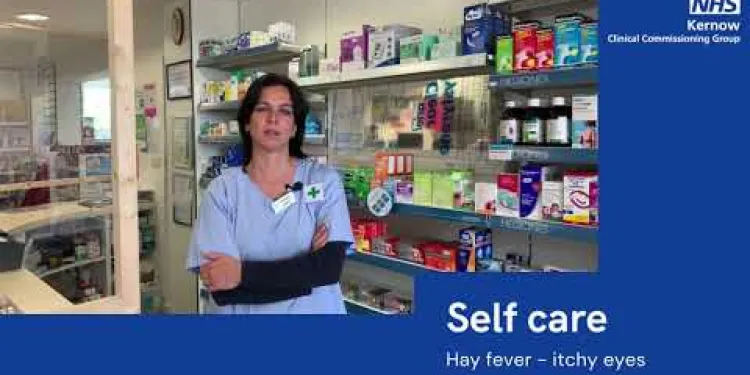
Self care - hay fever itchy eyes
Relevance: 70%
-

Hay fever advice | NHS
Relevance: 70%
-

Can hay fever be prevented?
Relevance: 69%
-

Is there a link between hay fever and asthma?
Relevance: 69%
-

Can children develop hay fever?
Relevance: 68%
-

Can hay fever occur year-round?
Relevance: 67%
-

How does pollen affect people with hay fever?
Relevance: 67%
-
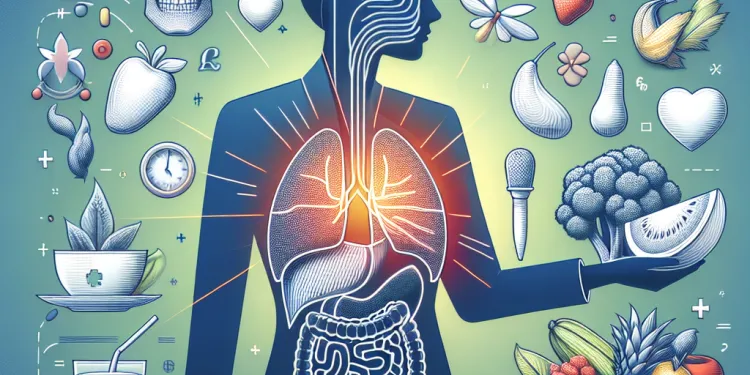
Can diet influence hay fever symptoms?
Relevance: 67%
-

Do pets contribute to hay fever?
Relevance: 66%
-

Is hay fever more common in urban areas?
Relevance: 66%
-

Do all plants produce pollen that causes hay fever?
Relevance: 65%
-

Do masks help with hay fever?
Relevance: 63%
-

Can hay fever symptoms mimic other conditions?
Relevance: 62%
-

Are some people more prone to hay fever?
Relevance: 62%
-
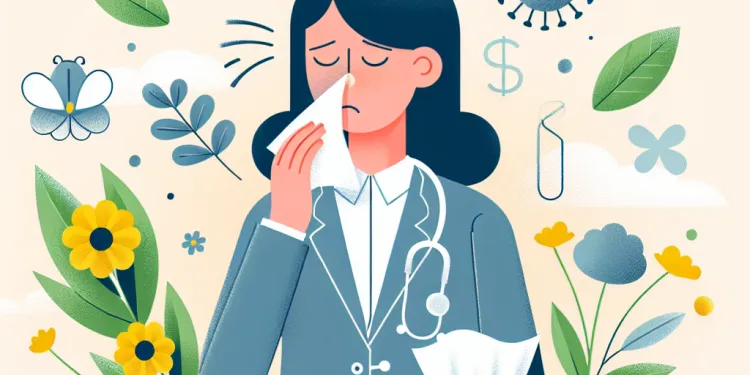
What are the common symptoms of hay fever?
Relevance: 62%
-

Experts Warn of Rising Hay Fever Cases as Pollen Counts Surge
Relevance: 61%
-

Why are experts warning of rising hay fever cases?
Relevance: 59%
-

Are there any treatments for hay fever?
Relevance: 52%
-

Can mosquito screens help reduce hay fever symptoms?
Relevance: 51%
-

How long does a typical hay fever season last?
Relevance: 39%
-

Caring for a child with fever | NHS
Relevance: 27%
-

Can dengue fever be contracted in the UK?
Relevance: 26%
-

Is there a risk of yellow fever being spread by mosquitoes in the UK?
Relevance: 26%
-

How to treat glandular fever | NHS
Relevance: 26%
-
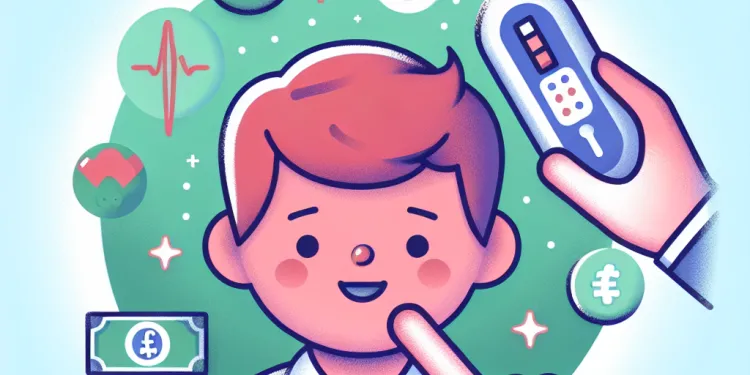
Which medication should be avoided for children with fevers?
Relevance: 25%
-

What is Dengue Fever?
Relevance: 22%
-

Can lifestyle changes help manage pain and fever during pregnancy?
Relevance: 21%
-
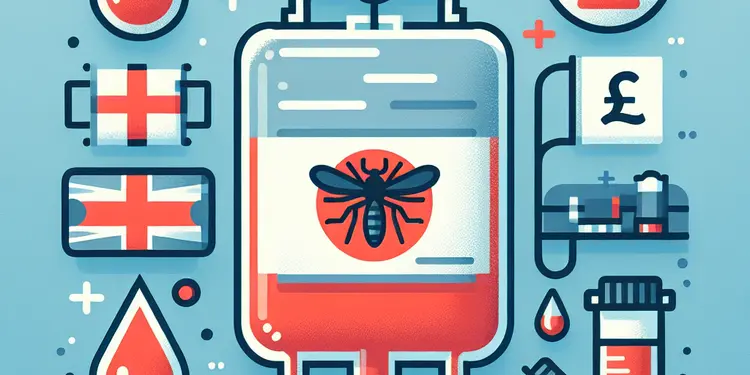
Can Dengue fever be transmitted through blood transfusions?
Relevance: 20%
-
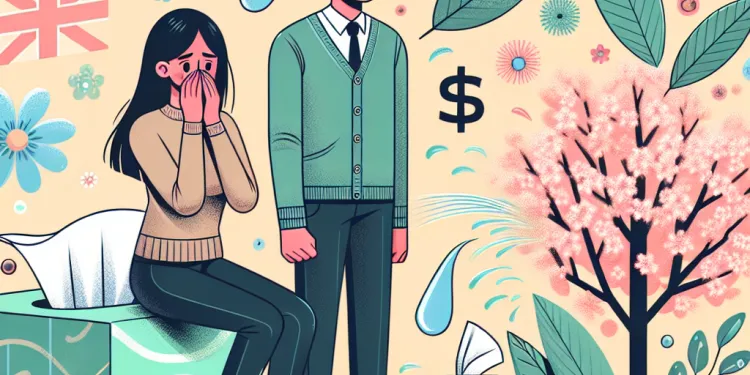
Dealing with Seasonal Allergies
Relevance: 20%
-
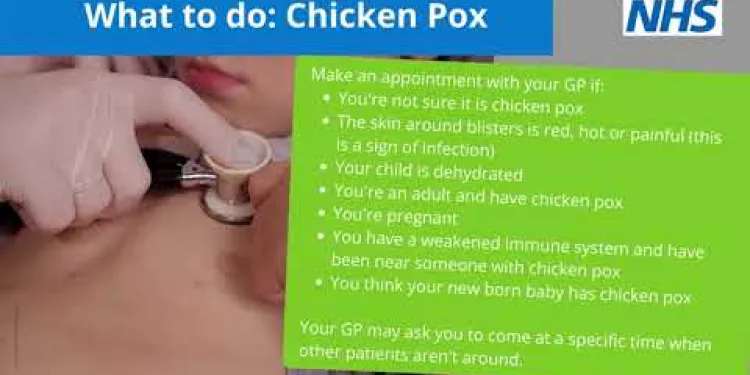
How to care for someone with chicken pox
Relevance: 19%
-

How to treat an insect bite or sting | NHS
Relevance: 16%
-
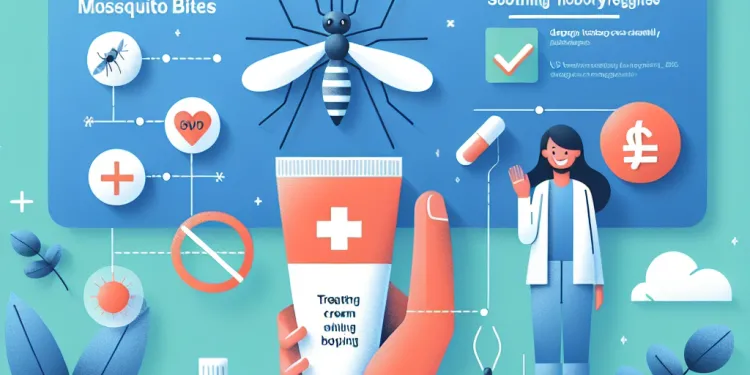
How can I treat mosquito bites?
Relevance: 15%
-

How can I reduce my exposure to pollen?
Relevance: 14%
-

Self care - insect bites
Relevance: 12%
-

What are some common conditions treated with homeopathy?
Relevance: 12%
-

Is it safe to use aspirin to treat chickenpox symptoms?
Relevance: 12%
-

How are pollen counts measured?
Relevance: 12%
-

Are there safer alternatives to paracetamol for pregnant individuals experiencing pain or fever?
Relevance: 12%
Understanding Antihistamines and Their Role in Hay Fever Relief
What Are Antihistamines?
Antihistamines are a class of drugs commonly used to manage symptoms of allergies. In the United Kingdom, these medications are widely available both over-the-counter and through prescriptions. They are particularly effective in alleviating symptoms caused by hay fever, such as sneezing, itching, and a runny nose. Hay fever, also known as allergic rhinitis, is an allergic reaction to pollen, affecting many individuals especially during the spring and summer months.How Do Antihistamines Work?
When your body is exposed to pollen, it releases histamine, a chemical that triggers allergy symptoms. Antihistamines work by blocking histamine receptors in your body, particularly the H1 receptors. This prevents histamine from binding and initiating a chain reaction that leads to the uncomfortable symptoms associated with hay fever. By inhibiting this process, antihistamines can effectively reduce or eliminate the allergy symptoms and provide relief.Types of Antihistamines
There are two main types of antihistamines: sedating and non-sedating. Sedating antihistamines, such as diphenhydramine and chlorphenamine, can cause drowsiness and are usually taken at night. Non-sedating antihistamines, like cetirizine, loratadine, and fexofenadine, are less likely to cause drowsiness and are often recommended for daytime use. Depending on the severity of your symptoms and your daily activities, a healthcare professional can advise which type is best suited for you.Using Antihistamines for Hay Fever
To achieve the best results, it is advisable to start taking antihistamines before the hay fever season begins or immediately at the onset of symptoms. Consistent use can help in keeping symptoms minimal throughout the allergy season. Always follow the dosage instructions provided by your healthcare provider or as indicated on the packaging. While antihistamines are generally safe, they can cause side effects in some individuals, such as dry mouth, dizziness, or urinary retention, so it's important to be informed and cautious.Conclusion
Antihistamines offer an effective solution for managing hay fever symptoms. Understanding how they work and the different types available can help you choose the right medication for your needs. Always consult with a healthcare professional if you have any concerns or questions about using antihistamines, especially if you are currently taking other medications or have underlying health conditions. With the right approach, you can enjoy the warmer months with minimal discomfort from hay fever.Understanding Antihistamines and Their Role in Hay Fever Relief
What Are Antihistamines?
Antihistamines are medicines that help with allergy symptoms. In the UK, you can get them at a pharmacy without a prescription or from a doctor. They are good for hay fever symptoms like sneezing, itching, and a runny nose. Hay fever is an allergy to pollen, and it happens a lot in spring and summer.How Do Antihistamines Work?
When your body senses pollen, it makes a chemical called histamine. Histamine causes allergy symptoms. Antihistamines stop histamine from working in your body. This means they stop the symptoms like sneezing and itching. So, taking antihistamines helps you feel better when you have hay fever.Types of Antihistamines
There are two types of antihistamines: 1. Sedating antihistamines, like diphenhydramine and chlorphenamine, can make you sleepy. They are best to take at night. 2. Non-sedating antihistamines, like cetirizine, loratadine, and fexofenadine, do not make you as sleepy. They are good for use during the day. A doctor can help you choose the right one for you.Using Antihistamines for Hay Fever
To get the best results, start taking antihistamines before the hay fever season starts, or as soon as you get symptoms. Take them every day to help keep symptoms away. Follow the instructions from your doctor or on the medicine box. Antihistamines can cause side effects like dry mouth or dizziness, so be careful and talk to a doctor if you have questions.Conclusion
Antihistamines help control hay fever symptoms. Knowing how they work and the types available can help you pick the right one. Always talk to a doctor if you have questions, or if you take other medicines or have health problems. With the right approach, you can enjoy sunny days without much discomfort from hay fever.Frequently Asked Questions
What are antihistamines?
Antihistamines are medications that help reduce or block histamines, which are chemicals your body releases during an allergic reaction like hay fever.
How do antihistamines work for hay fever?
Antihistamines work by blocking the effects of histamine, relieving symptoms such as sneezing, itching, and runny nose associated with hay fever.
What are the common symptoms of hay fever?
Common symptoms include sneezing, a runny or blocked nose, itchy eyes, throat, or ears, and general fatigue.
Are there different types of antihistamines?
Yes, there are first-generation (sedating) and second-generation (non-sedating) antihistamines. Second-generation antihistamines are often preferred for hay fever as they cause less drowsiness.
Can I take antihistamines if I'm pregnant?
If you're pregnant, it's best to consult your GP or pharmacist before taking antihistamines to ensure they're safe for you.
Are antihistamines safe for children?
Yes, some antihistamines are suitable for children. However, always check the label or consult a healthcare professional for the appropriate dosage and product.
How long does it take for antihistamines to work?
Antihistamines usually start working within 30 minutes to an hour and can provide relief for several hours.
Can I take antihistamines with other hay fever treatments?
Yes, antihistamines can often be used alongside other treatments like nasal sprays and eye drops. Always check with a healthcare professional if you're unsure.
What are some side effects of antihistamines?
Common side effects can include drowsiness, dry mouth, dizziness, and sometimes nausea. Non-drowsy formulas are available if drowsiness is a concern.
Do antihistamines prevent hay fever?
Antihistamines don't prevent hay fever but they can be effective in treating and alleviating its symptoms.
Can I drink alcohol while taking antihistamines?
It's best to avoid alcohol as it can increase drowsiness, especially with first-generation antihistamines.
Is it safe to drive while taking antihistamines?
If you're taking a sedating antihistamine, it might impair your ability to drive. Non-sedating antihistamines are generally safer, but always check how you feel before driving.
Can antihistamines cause drowsiness?
Some antihistamines, especially first-generation ones, can cause drowsiness. There are non-drowsy options available for daytime use.
How often should I take antihistamines?
The frequency depends on the specific antihistamine. Some are taken once a day, while others might be taken more frequently. Always follow the instructions on the packaging or those given by your healthcare provider.
Where can I buy antihistamines in the UK?
Antihistamines are available over-the-counter at pharmacies, supermarkets, and sometimes even convenience stores. For prescription-strength antihistamines, you will need to see a GP.
What are antihistamines?
Antihistamines are medicines. They help stop allergies. Allergies make you sneeze, itch, or get a rash.
If you have allergies, antihistamines can help you feel better. They can be pills, liquids, or creams.
Ask an adult or doctor if they are right for you.
Try using a calendar or alarm to remember when to take your medicine. Drawing pictures or using stickers can also help you remember.
Antihistamines are medicines that help stop histamines. Histamines are chemicals that your body makes when you have allergies, like hay fever.
How do antihistamines help with hay fever?
Hay fever can make you sneeze and feel itchy. It happens because of something called histamine in your body. Antihistamines are medicines that help stop histamine from making you feel bad. You can try using antihistamines to feel better when you have hay fever.
To help you understand more, you can use pictures or videos. Ask a friend or use a voice assistant to read aloud if you need help.
Antihistamines help when you have hay fever. They stop a chemical called histamine that makes you sneeze, itch, and have a runny nose.
If reading is tricky, try using audiobooks or text-to-speech tools that read the text aloud to you. These can help you understand better.
What are the usual signs of hay fever?
Hay fever can make you feel unwell. Here are some signs to look out for: - Your nose might feel itchy and you may sneeze a lot. - Your eyes could get red and itchy. - Your mouth or throat might feel itchy too. - You might start coughing. - Your nose could be runny or blocked. If you think you have hay fever, here are some things you can try: - Ask a grown-up to help find special medicine called antihistamines. - Stay indoors on very windy days to avoid pollen. - Talk to someone who can help, like a doctor or pharmacist. If it's hard to read, you can: - Ask someone to read it out loud. - Use a colored overlay to make reading easier.Here are common signs that something might be wrong:
- Sneezing
- Runny or stuffy nose
- Itchy eyes
- Itchy throat or ears
- Feeling very tired
If you have these signs, you can:
- Talk to a doctor for help
- Use a tissue when you sneeze
- Rest a lot
Are there different types of antihistamines?
Yes, there are different kinds of antihistamines. They are medicines that help when you have allergies, like a runny nose or itchy eyes.
Some antihistamines can make you sleepy. These are good to take at night.
Other antihistamines won't make you sleepy. These are good for taking during the day.
If you have trouble reading, you can ask someone to read this to you.
It might also help to use big letters or listen to an audio version if you can.
Yes, there are two types of antihistamines. First-generation antihistamines can make you sleepy. Second-generation antihistamines do not usually make you sleepy. People often choose second-generation antihistamines for hay fever because they make you less tired.
If you have trouble reading, you can use these tools to help:
- Text-to-speech: This reads the text out loud for you.
- Highlighting: Use highlighter pens to focus on important parts.
- Reading apps: These can change the text to make it easier to read.
- Ask for help: Never be afraid to ask someone if you need help understanding.
Can I take allergy medicine if I'm going to have a baby?
If you are going to have a baby and you feel itchy or sneezy, you might want to take allergy medicine. This medicine is also called antihistamines.
But you should talk to your doctor before taking any medicine when you are pregnant.
Your doctor can tell you which medicine is safe for you and your baby.
Using a reminder app can help you keep track of your medicines.
If you are going to have a baby, talk to your doctor or the person who gives you medicine before using allergy medicine. They can tell you if it is safe for you.
Can children take antihistamines safely?
Yes, some allergy medicines are safe for kids. But always read the label on the box or ask a doctor to know the right amount to give and which one to use.
How long before antihistamines start working?
Antihistamines usually start working in about 30 minutes to an hour. This means they help stop allergy symptoms like sneezing and itching.
If you find reading hard, try using an app that reads text out loud. Ask someone for help if you need it. Remember, everyone learns at their own pace.
Antihistamines start to work in about 30 minutes to 1 hour. They can help you feel better for a few hours.
Can I use antihistamines with other hay fever medicines?
Yes, you can often use antihistamines with other treatments like nose sprays and eye drops. If you are not sure, always ask a doctor or nurse for help.
What can happen when you take antihistamines?
Antihistamines are medicines that help with allergies. But sometimes they can have other effects on your body. These are called side effects. Here are some things that might happen:
- You might feel sleepy or really tired.
- Your mouth might feel dry.
- You might have a headache.
- You might feel dizzy or not steady on your feet.
- You might have trouble focusing or thinking clearly.
If you are worried about taking antihistamines, ask a doctor or an adult for help.
A tool that might help you understand medicines better is reading with a caregiver or using audiobooks. Always ask questions if you are unsure!
Some common side effects might be feeling sleepy, having a dry mouth, feeling dizzy, or feeling sick sometimes. There are special medicines that won’t make you sleepy if that worries you.
Can antihistamines stop hay fever?
Antihistamines are medicines. They help with hay fever. Hay fever makes you sneeze, itch, and feel stuffed up. Antihistamines can stop these feelings. **Helpful Tips:** - If you have hay fever, talk to a doctor. They can help you. - Try using a tissue to blow your nose. - Stay indoors on windy days. - Ask a grown-up to help you find the right medicine. **Tools:** - Use a calendar to mark pollen season. - Wear sunglasses outside to protect your eyes. Remember, always follow the doctor's advice.Antihistamines can't stop hay fever, but they can help make you feel better by easing the symptoms.
Is it safe to drink alcohol when taking allergy medicine?
Don't drink alcohol. It can make you very sleepy, especially if you take some allergy medicines.
Can I drive when I take allergy medicine?
Some allergy medicines can make you sleepy. This can make driving dangerous.
Here are some tips:
- Check the medicine bottle or box. It will say if it makes you sleepy.
- If you feel sleepy, ask someone else to drive.
- You can also ask a doctor or pharmacist if it's safe to drive.
Safety is important. Always make sure you feel awake and alert before driving.
If you take a medicine called a "sedating antihistamine," it can make you sleepy. This might make it hard for you to drive safely. There are other antihistamines called "non-sedating." These usually don’t make you sleepy and are safer for driving. But you should always see how you feel before you drive.
Tip: If you feel sleepy, ask someone else to drive. You can also use apps on your phone to remind you to take medicine or check how you feel.
Do allergy pills make you sleepy?
Some medicines for allergies, called antihistamines, can make you feel sleepy. But there are other kinds that won't make you sleepy, and you can take those during the day.
How often should I take allergy medicine?
If you need to take medicine for allergies, it is very important to follow some steps:
- Ask your doctor or pharmacist how often you should take the medicine.
- Most people take it once a day. But, your doctor will tell you what is best for you.
- Use a calendar or set an alarm to remember when to take your medicine.
If you are not sure, ask for help. It is okay to ask questions to make sure you take it safely.
How often you take antihistamines can be different. Some you take once a day. Others you take more often. Always read the instructions on the box. You can also ask your doctor or nurse for help.
Where can I get medicine for allergies in the UK?
You can buy medicine for allergies called antihistamines at a pharmacy or supermarket. Look for them in the health section.
If you need help, ask a pharmacist or someone who works there. They can help you find the right medicine.
Remember to read the box for how much to take, or ask an adult if you are not sure.
You can buy antihistamines at the pharmacy, supermarket, or some corner shops. If you need stronger ones, you must visit a doctor.
Useful Links
- Ergsy carfully checks the information in the videos we provide here.
- Videos shown by Youtube after a video has completed, have NOT been reviewed by ERGSY.
- To view, click the arrow in centre of video.
- Most of the videos you find here will have subtitles and/or closed captions available.
- You may need to turn these on, and choose your preferred language.
- Go to the video you'd like to watch.
- If closed captions (CC) are available, settings will be visible on the bottom right of the video player.
- To turn on Captions, click settings .
- To turn off Captions, click settings again.
More Items From Ergsy search
-

Antihistamines how they work with hay fever
Relevance: 100%
-

What is hay fever?
Relevance: 74%
-

Self care - hay fever itchy eyes
Relevance: 70%
-

Hay fever advice | NHS
Relevance: 70%
-

Can hay fever be prevented?
Relevance: 69%
-

Is there a link between hay fever and asthma?
Relevance: 69%
-

Can children develop hay fever?
Relevance: 68%
-

Can hay fever occur year-round?
Relevance: 67%
-

How does pollen affect people with hay fever?
Relevance: 67%
-

Can diet influence hay fever symptoms?
Relevance: 67%
-

Do pets contribute to hay fever?
Relevance: 66%
-

Is hay fever more common in urban areas?
Relevance: 66%
-

Do all plants produce pollen that causes hay fever?
Relevance: 65%
-

Do masks help with hay fever?
Relevance: 63%
-

Can hay fever symptoms mimic other conditions?
Relevance: 62%
-

Are some people more prone to hay fever?
Relevance: 62%
-

What are the common symptoms of hay fever?
Relevance: 62%
-

Experts Warn of Rising Hay Fever Cases as Pollen Counts Surge
Relevance: 61%
-

Why are experts warning of rising hay fever cases?
Relevance: 59%
-

Are there any treatments for hay fever?
Relevance: 52%
-

Can mosquito screens help reduce hay fever symptoms?
Relevance: 51%
-

How long does a typical hay fever season last?
Relevance: 39%
-

Caring for a child with fever | NHS
Relevance: 27%
-

Can dengue fever be contracted in the UK?
Relevance: 26%
-

Is there a risk of yellow fever being spread by mosquitoes in the UK?
Relevance: 26%
-

How to treat glandular fever | NHS
Relevance: 26%
-

Which medication should be avoided for children with fevers?
Relevance: 25%
-

What is Dengue Fever?
Relevance: 22%
-

Can lifestyle changes help manage pain and fever during pregnancy?
Relevance: 21%
-

Can Dengue fever be transmitted through blood transfusions?
Relevance: 20%
-

Dealing with Seasonal Allergies
Relevance: 20%
-

How to care for someone with chicken pox
Relevance: 19%
-

How to treat an insect bite or sting | NHS
Relevance: 16%
-

How can I treat mosquito bites?
Relevance: 15%
-

How can I reduce my exposure to pollen?
Relevance: 14%
-

Self care - insect bites
Relevance: 12%
-

What are some common conditions treated with homeopathy?
Relevance: 12%
-

Is it safe to use aspirin to treat chickenpox symptoms?
Relevance: 12%
-

How are pollen counts measured?
Relevance: 12%
-

Are there safer alternatives to paracetamol for pregnant individuals experiencing pain or fever?
Relevance: 12%


